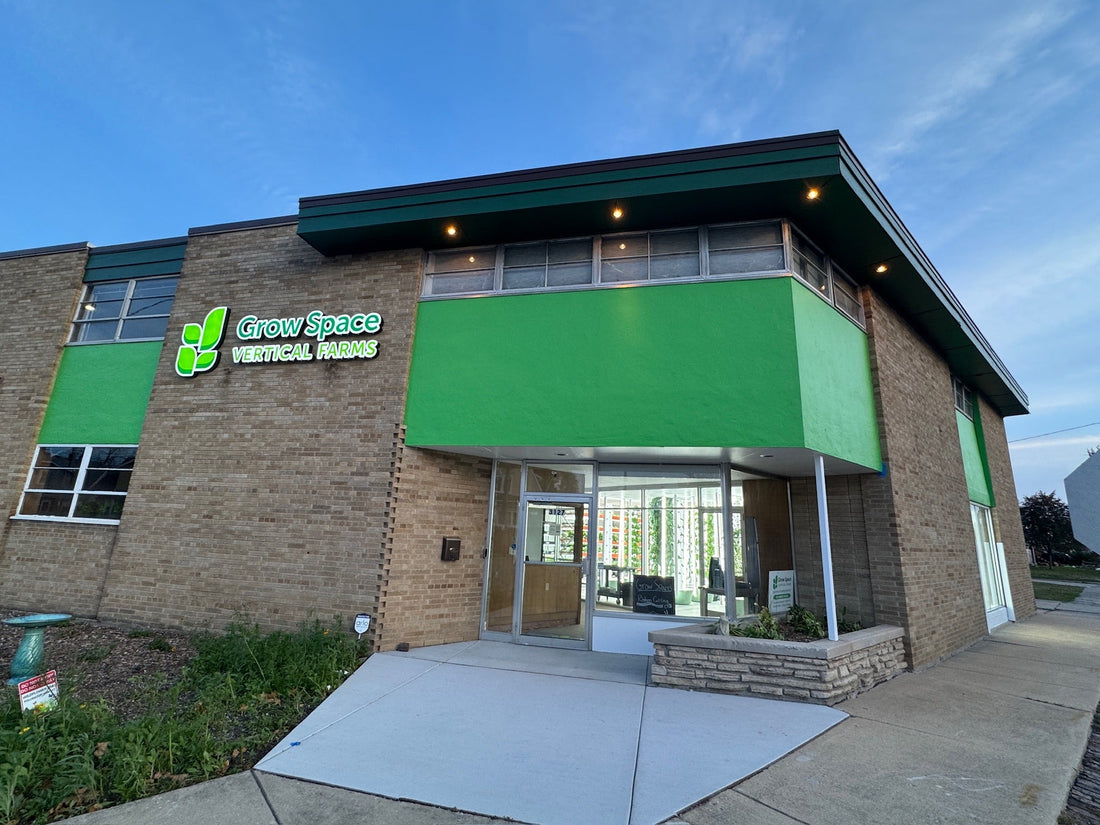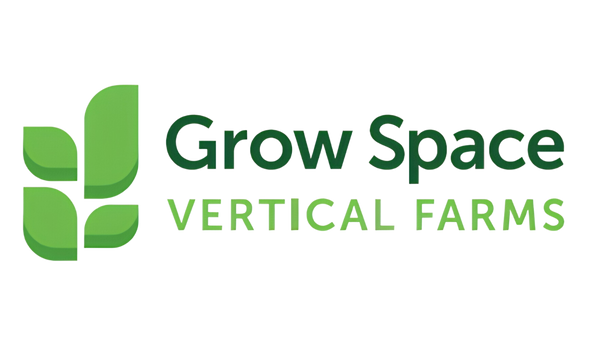
Embracing Hyper-Local: How to Bring Healthy and Sustainable Food Closer to Home
Share
Most "local" lettuce isn’t really local, and by the time it reaches you, it’s lost much of its nutrition. Some food labeled "local" can travel 200 to 400 miles before it reaches a farmers market or grocery shelf. That raises a real question: what does hyper local mean, and how can families embrace it to get healthier and more sustainable food?
Step 1: Understand the Difference Between Local and Hyper-Local
"Local" food usually refers to produce grown within a 100 to 400-mile radius. It’s a helpful step compared to industrial supply chains, where lettuce may travel over 2,000 miles before reaching a grocery shelf. Hyper local takes it further. It means growing food right in your community, or even your own neighborhood. Lettuce produced at a local farm in Kenosha, such as what we grow here at Grow Space Vertical Farms, can reach your table shortly after harvest, roots intact and nutrient-packed. Our farm operates chemical-free and runs on sustainable energy, ensuring a cleaner, greener way to feed local families.
Step 2: Recognize the Health Advantages of Hyper-Local Food
Freshness is not just about taste. According to the USDA, cut lettuce can lose up to 80% of vitamin C within days of harvest. When you eat living greens with roots still attached, you extend nutrient retention by several days and preserve more vitamins compared to conventionally shipped products. For families focused on clean, healthy eating, this means every salad and sandwich has greater nutritional value.
Step 3: Consider the Environmental Benefits
Traditional agriculture depends on long transport chains, chemical pesticides, and massive water use. Hyper-local systems like hydroponics and aeroponics use 95% less water and eliminate farm runoff completely. Locally grown greens also cut carbon emissions by reducing food miles. A shipment of spinach from California comes with a heavy CO2 footprint, while food grown a few blocks away cuts transport down to minutes rather than days. At Grow Space Vertical Farms in Kenosha, every harvest reduces waste and lowers emissions, all while protecting local water and soil health.
Step 4: Bring Hyper-Local Into Your Life
Getting started is simpler than it seems. Here are some practical options:
1. Join a subscription service that offers living greens harvested right before delivery.
2. Support nearby vertical or container farms like Grow Space Vertical Farms, operating right here in Kenosha.
3. Consider growing small-scale greens at home with countertop hydroponics, which work year-round.
4. Talk to local restaurants about their sourcing. Choosing places using hyper-local greens keeps demand alive.
Step 5: Think About the Broader Movement
Hyper-local farming is not about replacing rural agriculture entirely. It’s about filling the gap between consumer demand for healthy, sustainable food and the limitations of long-distance supply chains. By shortening the path from growing system to plate, families gain freshness while communities cut waste and pollution.
Your Next Move
If access to quality greens has been frustrating, this is your chance to change the story. Try integrating one hyper-local food option into your weekly meals. The taste and freshness are undeniable, and the environmental impact is something your family can feel good about. Better yet, if you’re in Southeast Wisconsin, explore what we grow here at Grow Space Vertical Farms. It’s hyper-local food, harvested fresh, chemical free, and powered by sustainable energy; grown right here for you.
